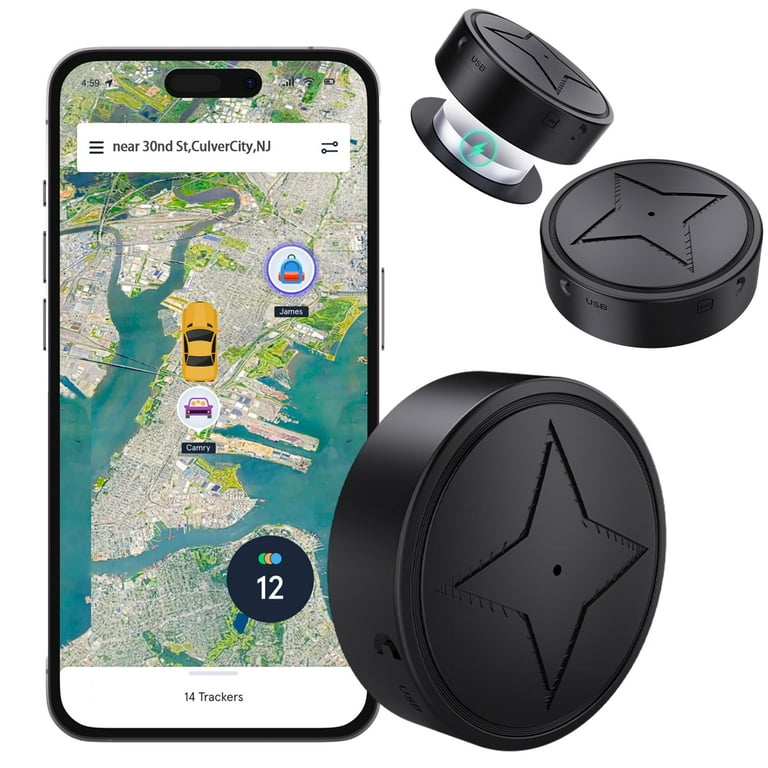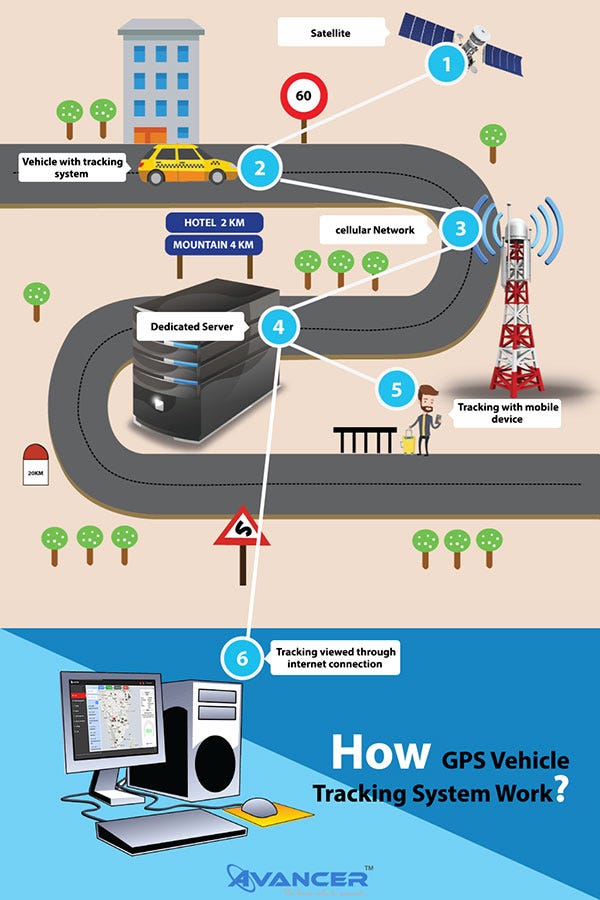Making Best Use Of Effectiveness With GPS Monitoring: Strategies for Fleet Management and Possession Monitoring
In the realm of fleet monitoring and property surveillance, the application of GPS tracking systems has actually come to be a cornerstone for boosting operational effectiveness and efficiency. By taking advantage of the power of real-time data, organizations can simplify their logistics, maximize routes, and improve general fleet efficiency. Nonetheless, the real prospective lies not only in the implementation of these technologies yet likewise in the strategic usage of the understandings they offer. From boosting chauffeur safety to making informed choices based upon comprehensive information analytics, the opportunities are vast. As we check out the numerous techniques and strategies to take full advantage of efficiency with general practitioner monitoring, a world of possibilities opens to redefine just how companies handle their fleets and check their properties.
Carrying Out Real-Time Tracking Equipments
To make the most of functional effectiveness, companies can execute real-time radar that provide prompt place information for their properties. By utilizing GPS technology, businesses can obtain real-time understandings into the location of their cars, tools, and various other important resources. This degree of exposure enables business to improve procedures, enhance efficiency, and boost total efficiency.
Real-time tracking systems use various advantages for companies throughout different markets. With the ability to monitor assets constantly, companies can maximize routing, timetable upkeep a lot more efficiently, and reduce the threat of theft or loss. Furthermore, these systems allow businesses to respond immediately to any type of unexpected events or disruptions, guaranteeing minimal downtime and maximum performance.
Executing real-time radar needs cautious preparation and factor to consider of details organization requirements. Business have to pick the appropriate innovation supplier, personalize the system to fulfill their demands, and offer sufficient training to employees. By buying real-time monitoring options, companies can remain ahead of the competition, supply remarkable client service, and accomplish sustainable development in today's hectic market atmosphere.
Maximizing Route Planning and Organizing

One key technique for optimizing course planning is to make use of historic data and real-time details to determine the most reliable paths for lorries. By examining previous routes and considering variables such as website traffic patterns and shipment windows, businesses can develop timetables that decrease unnecessary stops and hold-ups. Additionally, implementing dynamic directing capacities permits changes to be made in real-time based upon changing problems, guaranteeing that motorists constantly take one of the most reliable course to their destination.
Enhancing Chauffeur Performance and Security
Enhancing motorist efficiency and safety is vital in making certain the smooth and protected operation of a fleet. By using general practitioner monitoring technology, fleet managers can keep an eye on chauffeur actions in real-time and supply instant feedback to promote safe driving techniques. This includes monitoring speed limitations, extreme stopping, acceleration patterns, and adherence to web traffic guidelines.
In addition, GPS radar can help in recognizing vehicle drivers that may need extra training or support to enhance their performance (gps tracking). By examining data on driving patterns and behaviors, fleet managers can apply targeted training programs to attend to particular areas of enhancement. This proactive method not just improves overall vehicle driver performance yet additionally adds to a much safer workplace for everybody entailed
Along with performance surveillance, GPS radar can likewise enhance driver safety and security by giving emergency support features. In case of a mishap or breakdown, vehicle drivers can rapidly send out distress signals, enabling fleet supervisors to respond immediately and send off help when needed. In general, incorporating GPS tracking innovation into fleet administration strategies is vital for maximizing vehicle driver performance and ensuring the safety of both motorists and properties.

Utilizing Geofencing for Improved Protection
Making best her latest blog use of fleet protection exceeds checking motorist performance and safety and security; one efficient approach is through the critical use of geofencing modern technology. Geofencing enables fleet useful source supervisors to establish digital boundaries or geozones around details places, allowing them to obtain real-time notifies when cars get in or exit these designated areas. By establishing geofences around risky places such as building websites, unapproved areas, or perhaps consumer locations, fleet managers can improve security measures and reduce potential dangers.
Geofencing not just improves safety and security however also allows quick action times in instance of unapproved car use or burglary. In the occasion of a breach, alerts can be sent out to fleet supervisors, enabling them to take immediate activity to recover the automobile and situate. Furthermore, geofencing can assist in monitoring vehicle activity throughout off-hours, guaranteeing that cars are not being made use of for unapproved purposes.
Integrating GPS Information for Strategic Decision-Making
Making use of GPS data integration is important for informed calculated decision-making in fleet monitoring operations. By incorporating GPS data right into fleet administration systems, companies can gain useful insights right into their procedures, leading to extra effective paths, improved vehicle driver actions, and better overall efficiency. Via the integration of GPS information, fleet supervisors can track lorry places in real-time, screen gas usage, and assess driver performance metrics such as rate, idling time, and extreme stopping.
Additionally, incorporating GPS information permits the optimization of routes based on website traffic conditions, weather condition patterns, and other outside variables, helping to decrease distribution times and functional costs. By examining historic GPS information, fleet supervisors can recognize trends, patterns, and locations for renovation, enabling them to make data-driven decisions that boost productivity and improve operations.
Conclusion
Finally, the application of general practitioner tracking systems can substantially boost effectiveness in fleet administration and possession tracking. By making use of real-time monitoring, optimizing route preparation, boosting vehicle driver efficiency, making use of geofencing for security, and incorporating GPS information for strategic decision-making, look at this now companies can boost procedures and achieve price financial savings (gps tracking). These methods allow organizations to simplify procedures, rise productivity, and ultimately make best use of the overall effectiveness of their operations
In the realm of fleet administration and possession surveillance, the utilization of GPS tracking systems has become a foundation for boosting functional effectiveness and productivity. As we explore the different methods and strategies to make the most of efficiency with General practitioner monitoring, a globe of opportunities opens up to redefine how organizations handle their fleets and check their possessions.
By making use of General practitioner monitoring technology, fleet managers can check chauffeur behavior in real-time and provide prompt comments to promote risk-free driving techniques. With the integration of GPS information, fleet supervisors can track lorry areas in real-time, screen fuel intake, and examine vehicle driver performance metrics such as rate, idling time, and harsh braking.
In final thought, the application of GPS monitoring systems can significantly enhance efficiency in fleet monitoring and asset surveillance.
Comments on “Finest GPS Tracking Devices: Functions, Testimonials, and Comparisons”